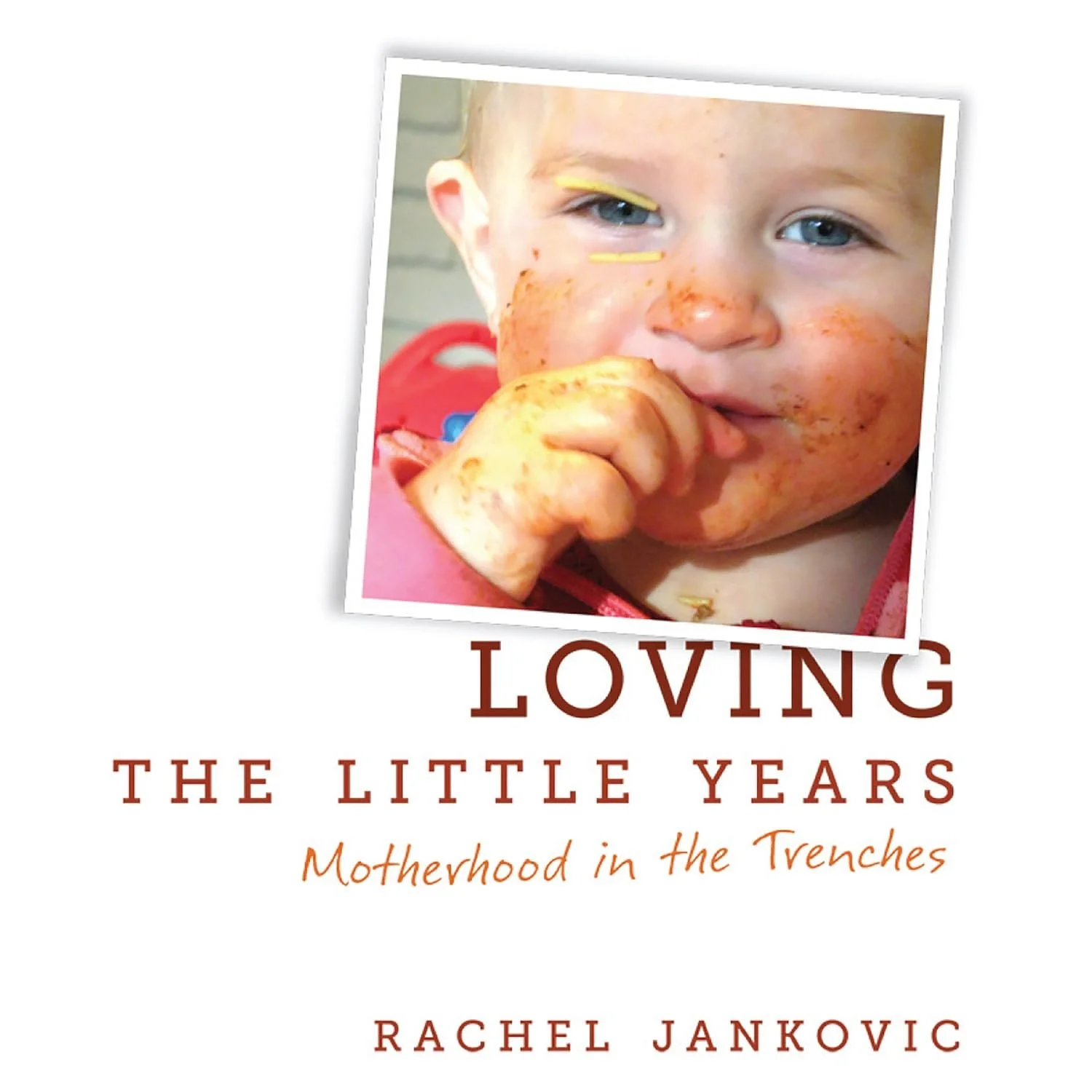Review: Loving the Little Years, By: Rachel Jankovic
THREE QUOTES:
“Suddenly they understood. In the context of the story, they could hear the missed note at the end. Setting behaviours into stories is a great way to communicate with your little people. Got a boy hitting a sister? Tell him about a brave knight who went out to fight the dragon but started hitting the princess instead. Give the children a chance to get outside themselves and see their behaviour as it plays out in a story. It often turns out that they know exactly the right thing to do.”
“We tell our girls that their feelings are like horses — beautiful, spirited horses. But they are the riders. We tell them that God gave them this horse when they were born, and they will ride it their whole life. God also set us on a path on the top of a mountain together and told us to follow it. We can see for a long way — there are beautiful flowers, lakes, trees, and rainbows. (We are little girls after all!)…The goal is not to cripple the horse, but equip the rider. A well-controlled passionate personality is a powerful thing. That is what dangerous women are made of.”
“Kids alternatively bouncing off the wall and fussing with each other, or getting into things you don’t want them doing, or demanding something of you that you were not prepared to give. Whenever this happens, this ambiguous restlessness in the house, I try to think of it as a growth spurt. It is like all my children have a growth spurt at the same time and develop new needs. This is only a problem when Mom doesn’t have a growth spurt herself. Even more of a problem when Mom refuses to have one, and demands that everyone else get back into clothes that are too tight. Just like the wine and the wineskins, you can’t put the old schedule on to the new needs. Naps, when filled with children who no longer need them, crack open and make a big mess.”
TWO TAKEAWAYS:
1) This book was the kick in the pants I needed when our oldest was around 2 years old. Rachel has a way of being kind and direct. She tells it like it is (as one who has experienced many years of little ones) and gives practical, Godly advice to more forward in loving the little years.
2) As we learn about our children, “we will begin to see their virtues as well as their vices…personalities manifest in things that are good and bad.” We need to learn who our children are, in all their complexities, and discipline them accordingly. All vices our children have are connected to virtues - a child who wants to be involved in everything (even when its not necessarily a great time for them to be involved) - has what it takes to get things done and get people involved; a people-pleasing child, could have the unique ability to just know what people want; a defiant child who laughs when being disciplined has the potential for facing good conflict and not running. It is our job not to squander who God made them to be — we need to think through how we can turn those vices into virtues.
ONE NEXT STEP:
1) Discuss with Josh the vices each of our kids currently has and how we can develop them into virtues. Make an actionable plan and post it in the kitchen so we stay on track. If you’re looking for some guidance in having these kind of discussions with your spouse, this is a great resource.
Rebecca
